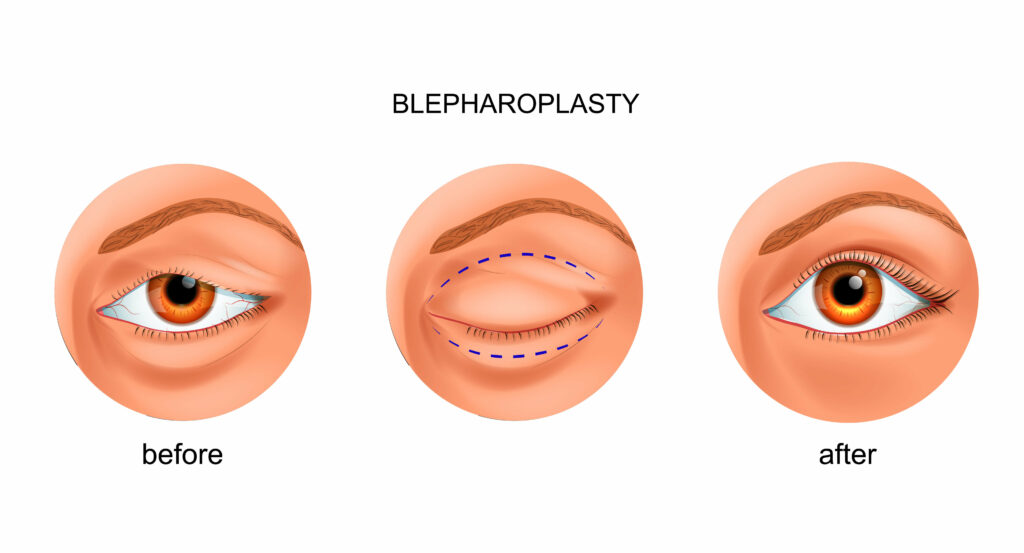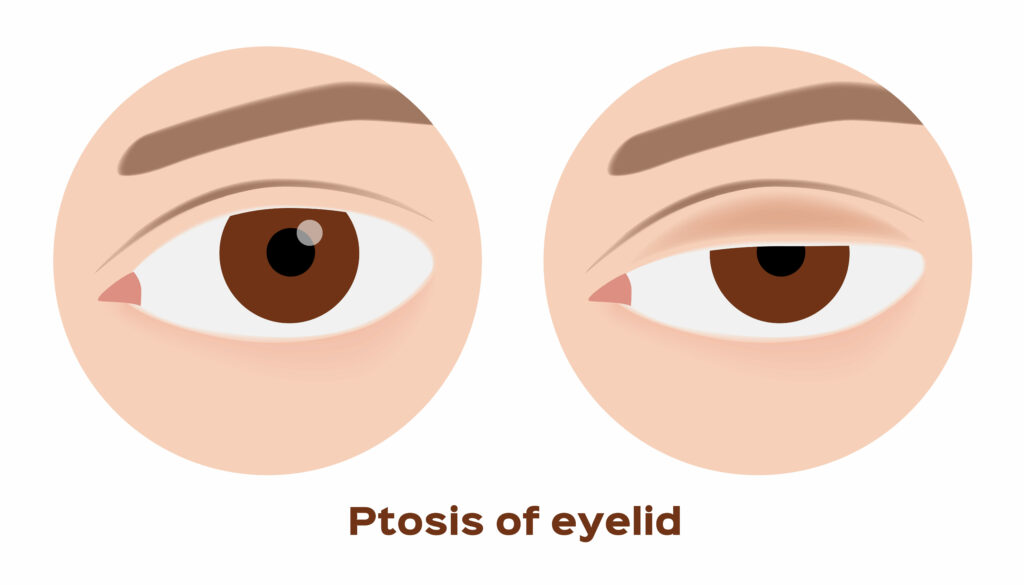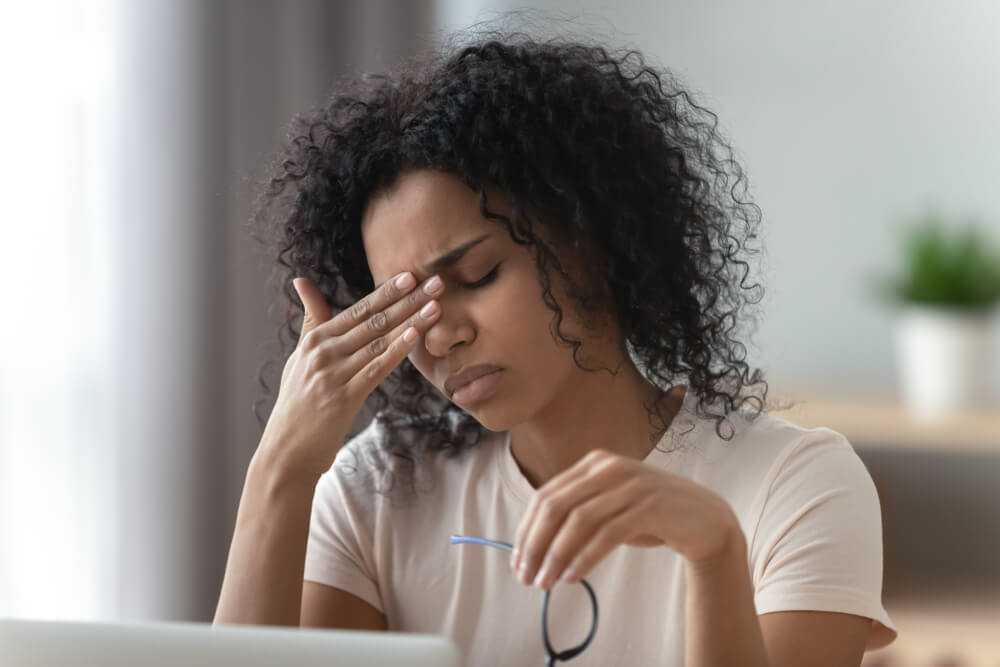Your eyelids are a thin, sensitive piece of skin that protects your eyes. They are susceptible to aging and changes over time that can affect your eyesight and even block your vision.
Eyelids that are healthy and in good shape are imperative to maintaining healthy eyes and clear eyesight. If your eyelids are interfering with your vision and daily life, or if you would like to rejuvenate how they look, eyelid surgery may be able to help.
The oculoplastic surgeons at Evergreen Eye Center have the skills and experience needed to keep your eyelids healthy and looking young. We can treat any condition that may be affecting them.
Upper and Lower Eyelid Blepharoplasty

Blepharoplasty is a plastic surgery used to reshape the upper eyelids, lower eyelids, or both, depending on your needs.
Upper eyelid blepharoplasty is often medically necessary. Lower eyelid blepharoplasty tends to be an elective cosmetic procedure. Both can improve your eyesight and the health of your eyes.
Upper blepharoplasty reduces excess skin, fat, and tissue in your upper eyelids. The skin and muscles holding your upper eyelids above your eyes can stretch and sag as you age.
As they begin to slouch lower over your eyes, they can start to interfere with your eyesight. If your upper eyelids block your vision, you should consider blepharoplasty.
The procedure removes excess tissue and tightens the muscles, holding your eyelids higher. It also reduces puffiness and sagging around your eyes, giving you a younger, fresher look.
Lower eyelid blepharoplasty is usually a more cosmetic-oriented procedure. Although, if your lower eyelids sag so low your eyes cannot close all the way, it may be medically necessary.
When your eyelids don’t touch when closed, your eyes can dry out quickly, which can lead to other eye issues. No matter the reason to have a lower eyelid blepharoplasty, it removes excess skin and tissue from your eyelids.
Ptosis

The term for drooping upper eyelids is ptosis. It occurs when the muscles holding your upper eyelids weaken and stretch over time.
Ptosis is most common in older people. The older you get, the more the levator muscles holding your eyelids get stretched out.
Although, it can occur in younger people too. It is necessary to treat ptosis in children to avoid vision complications later in life. On top of age, eye trauma, inflammation, and nerve disorders can also contribute to ptosis.
Ptosis surgery works by tightening and strengthening these drooping muscles. Your surgeon makes them shorter so they can hold your eyelids in a more natural position.
If drooping eyelids are impacting your vision, ptosis surgery may be necessary.
Excision and Reconstruction of Skin Tumors Affecting The Skin Around The Eyes
Skin cancers are common around your eyes, especially your lower eyelids. But they can affect any area surrounding your eyes.

The skin surrounding your eyes is sensitive to damage from harmful UV-B rays. Using sunscreen and sunglasses can help to keep the skin around your eyes healthy.
Skin cancers that form around your eyes are usually not too serious. But there is potential for more aggressive types of cancer to develop as well.
The most common way to treat skin cancer on or around your eyelids is removal. Removing the tumor helps to reduce the possibility of the cancer returning. Tumors that grow back are much more challenging to treat.
After tumor removal surgery, a reconstructive procedure is usually needed. Removing a tumor also takes with it a piece of your facial or eyelid skin. So a second surgery is necessary to replace that skin or eyelid.
Your eyelids handle protecting your eyes. The goal of this reconstructive procedure is to give you a functioning eyelid again. Without a properly functioning eyelid, you risk eye damage.
Eyelid tumor removal does usually leave a scar. But it is necessary, and your surgeon will do their best to minimize this impact.
After having these procedures follow up with your physician is necessary. Your eye doctor needs to make sure that your tumor does not grow back after removal.
Within a year, and sometimes as quickly as six months, you should fully heal from your procedure.
Evaluation of Eyelid Laxity, Malposition, and Lagophthalmos
Your eyelids, like the rest of your skin, are elastic and malleable. In some situations, this is a beneficial feature that allows your skin to heal and bend easily.
In other cases, manipulation of the eyelids and skin on the eyelids can be detrimental. Eyelid laxity, malposition, and lagophthalmos are examples of eyelid malleability being unhealthy.

They are all conditions of misaligned or improperly positioned eyelids. Eyelid malposition and lagophthalmos are two different conditions. But both have to do with the placement and alignment of your eyelids.
Lagophthalmos is the inability to close your eyelids. When you have lagophthalmos, your eyelids do not touch each other even when you close your eyes.
Eyelid malposition is a similar condition. It is when you have abnormal positioning of your eyelids when your eyes are open or closed.
Both conditions can lead to other eye problems, especially dry eyes. Your eyes get dry when they don’t close all the way because tears get spread across their surface by your eyelids.
Eyelid laxity is like ptosis or sagging eyelids. It is when your eyelids have had a decrease in elastin content in the skin.
This decrease in elastin can result in a drooping eyelid which can impair vision. Ptosis or another eyelid surgery may be necessary to correct eyelid laxity.
Are you experiencing issues with your eyelids? Schedule an appointment at Evergreen Eye Center in Auburn, WA, to see if treatment can help.

